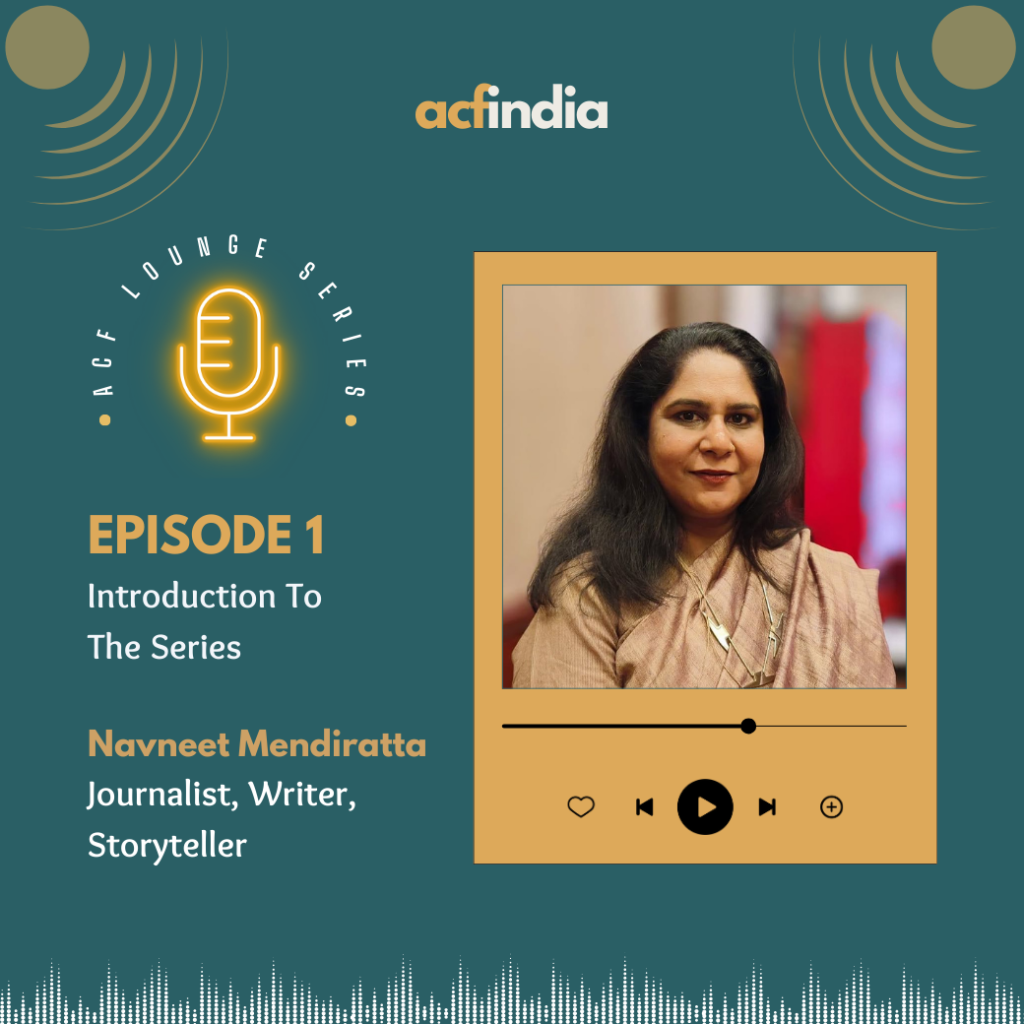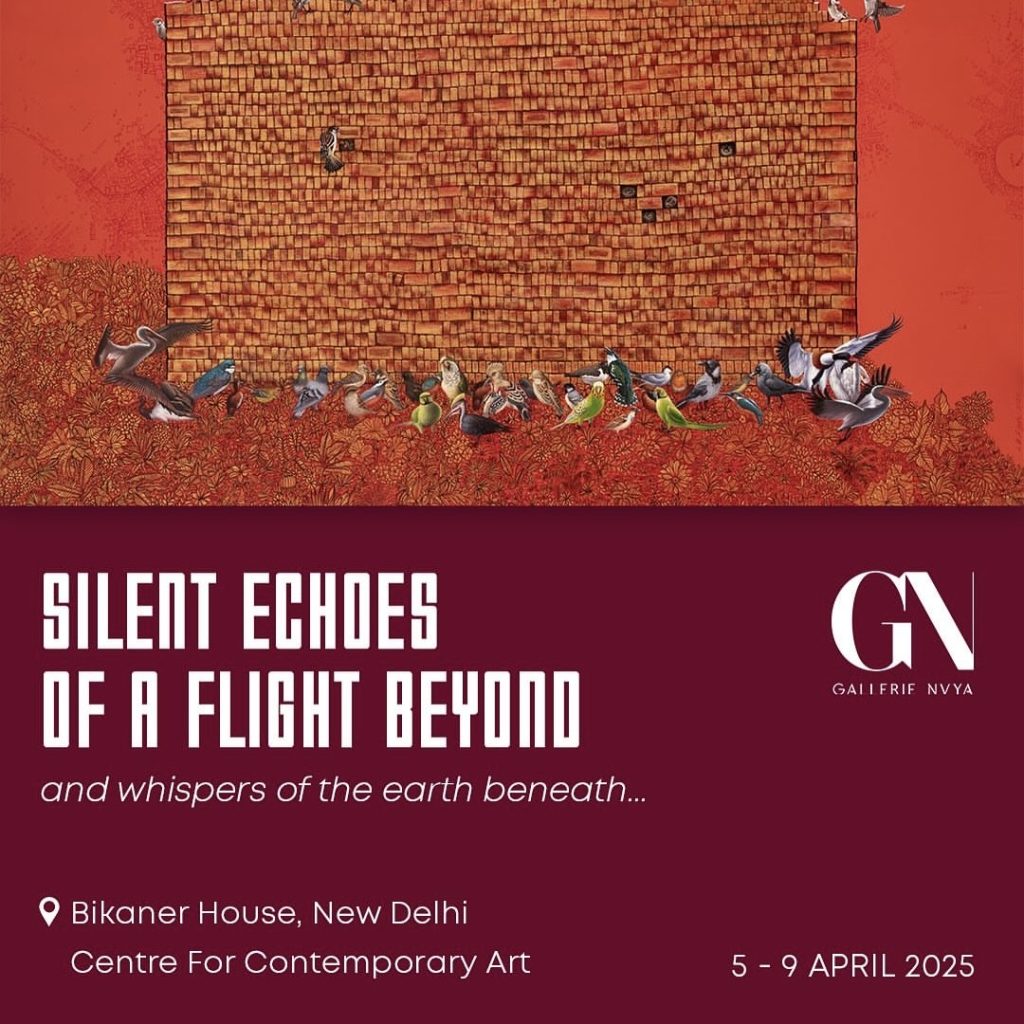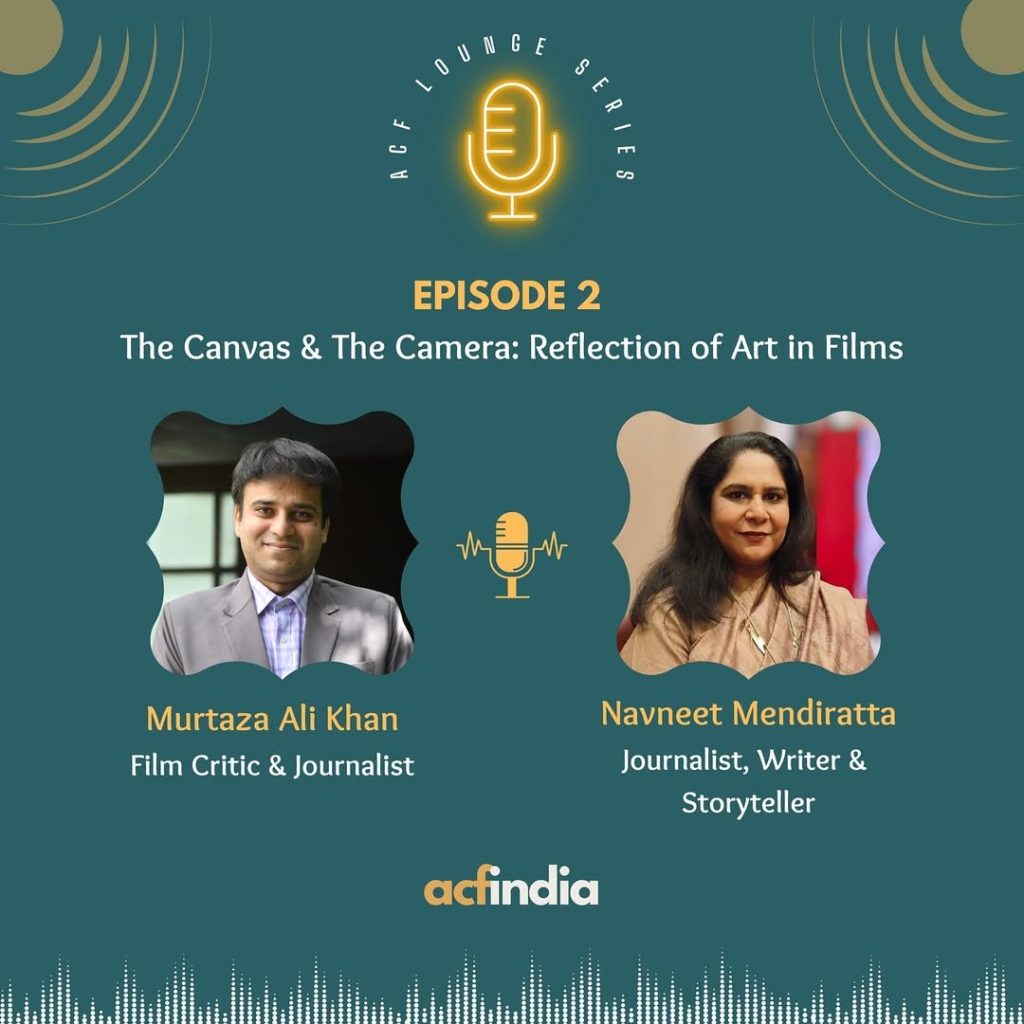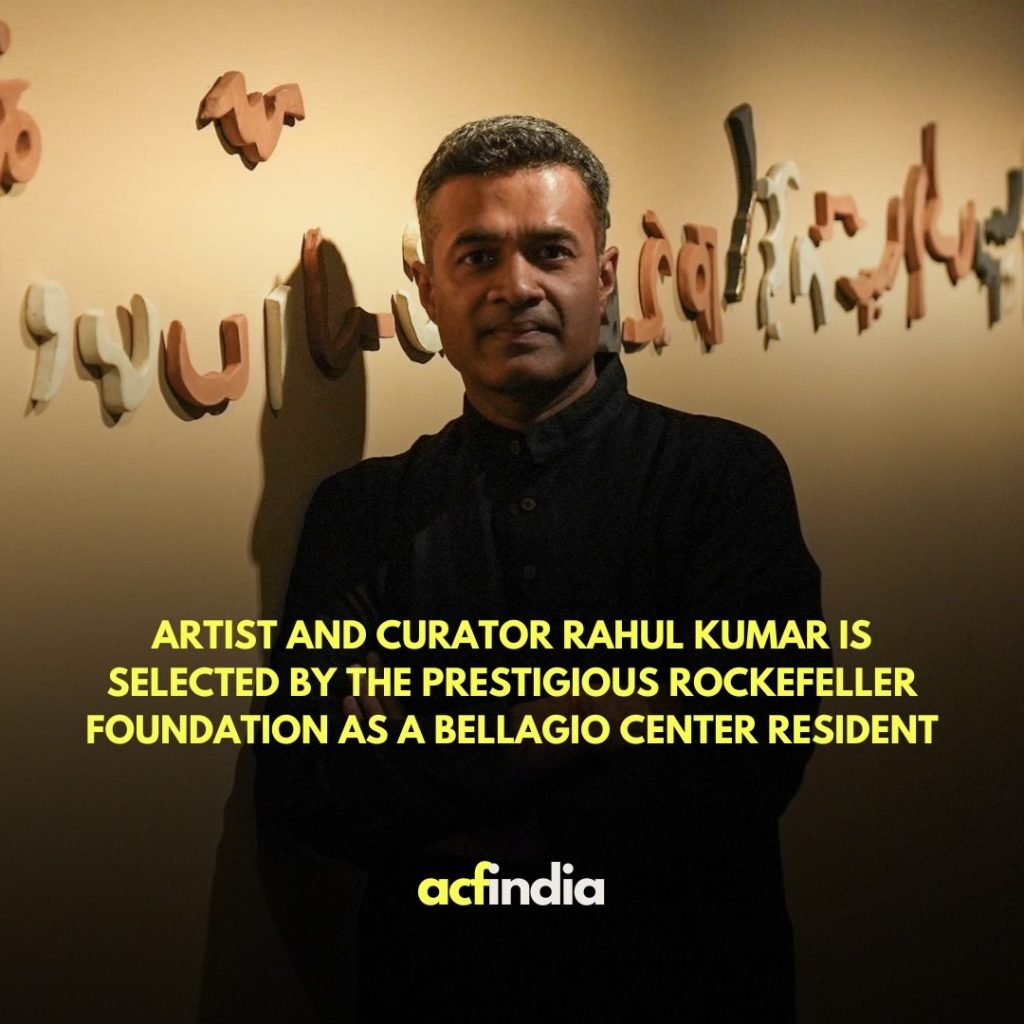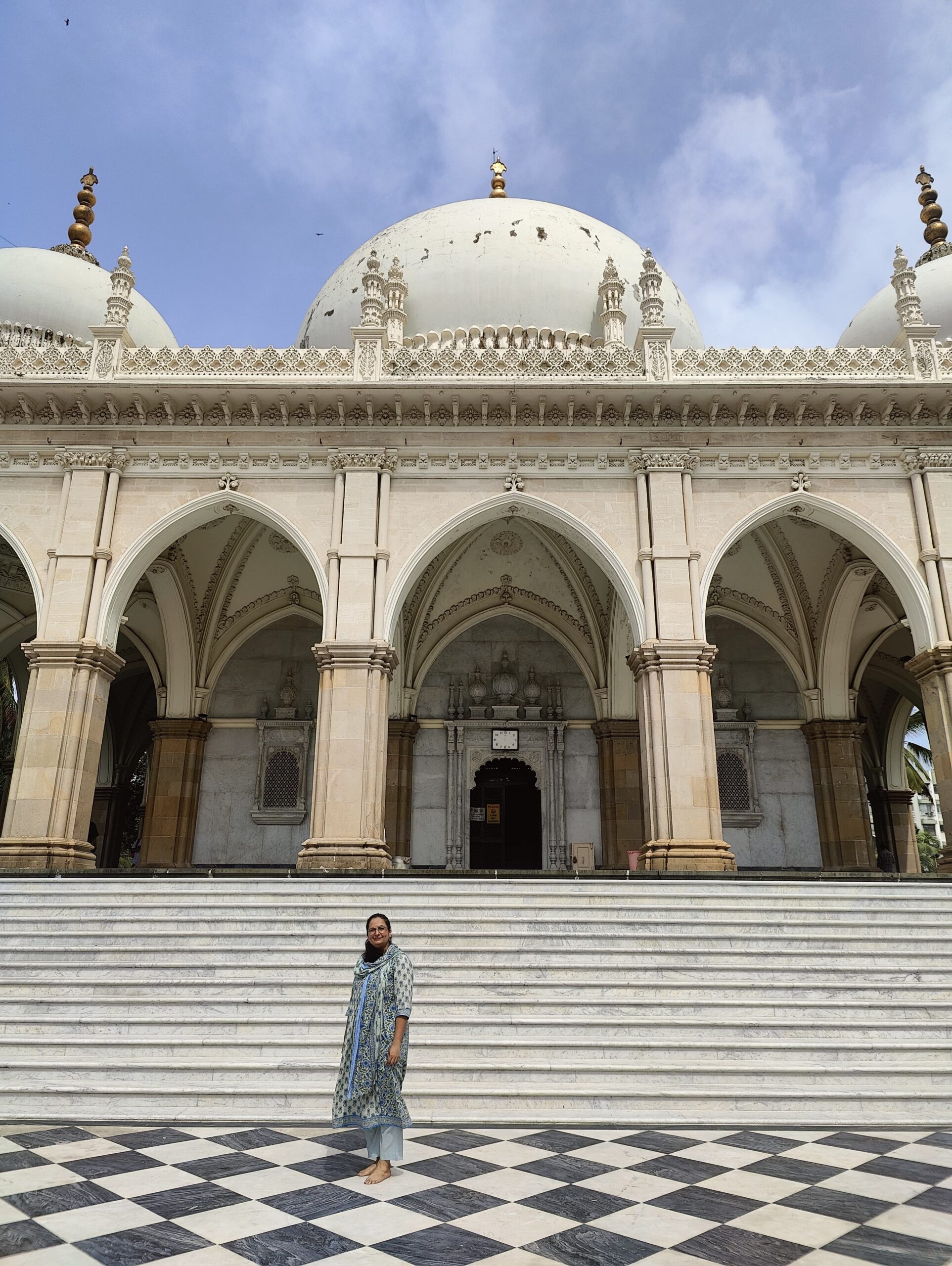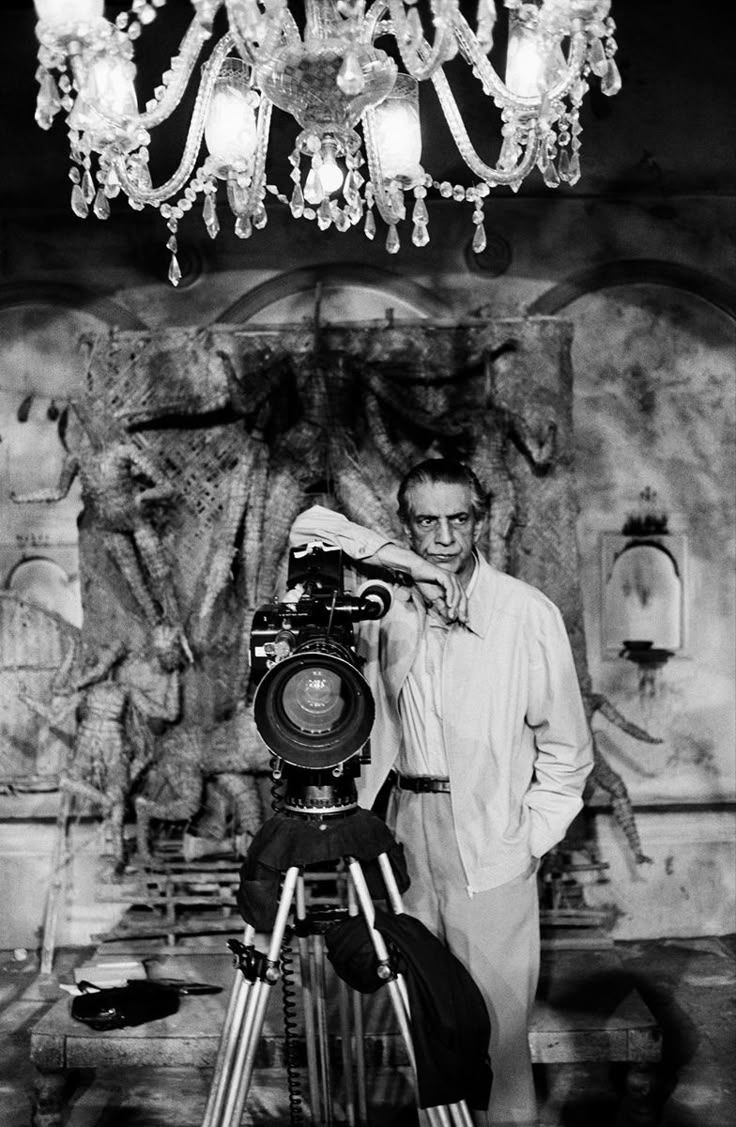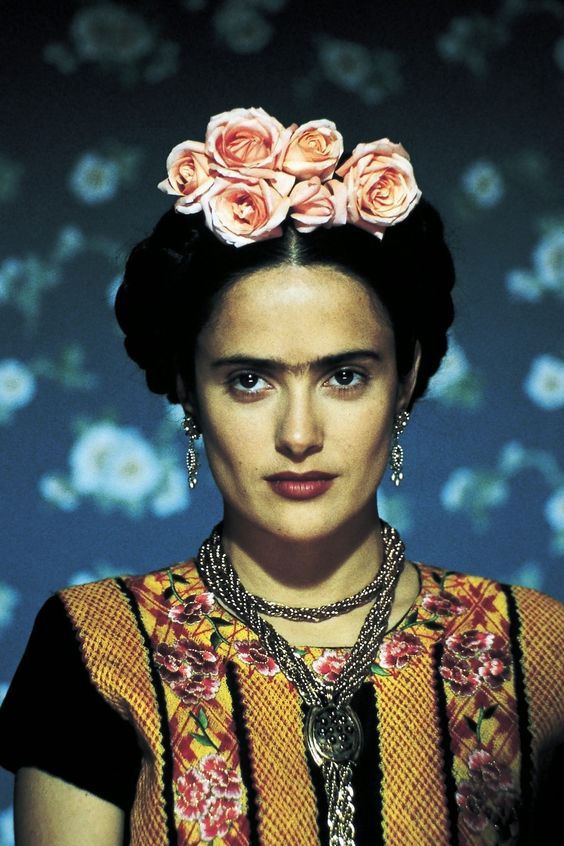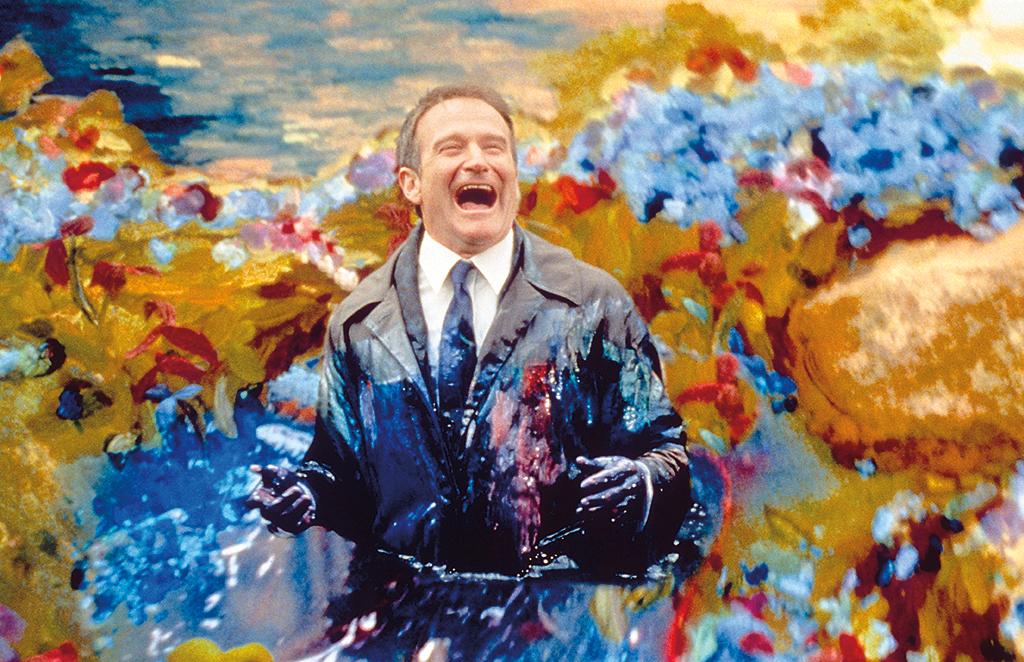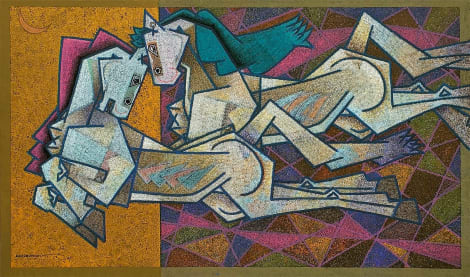By Shailja Kaushik
By In the cultural landscape of contemporary India, few institutions straddle the line between tradition and technology as gracefully as the Indian Music Experience Museum (IME). Stepping into the halls of the museum, one is immediately struck by the quiet hum of anticipation and is confronted with a reverence that doesn’t stem from silence, but from sound itself.
Located in JP Nagar, Bengaluru, the museum is not merely a repository of instruments or historical artifacts. It is India’s first interactive music museum, a thoughtfully designed space where architecture, sound, and storytelling converge. Here’s a closer look at the museum and its stand-out exhibits.
Designing a Museum of Sound
Designed by Architecture Paradigm, with interpretive spaces curated by the renowned Gallagher & Associates, the Indian Music Experience Museum architects challenge the conventional spatial dynamics of Indian cultural institutions.
The structure responds to its context with a free-flowing layout, inspired as much by the rhythmic undulations of Indian ragas as by the organic curvature of a tree’s canopy. The building’s ramps, spirals, and layered levels evoke the improvisational character of Indian classical music itself. The result is not a passive gallery, but a living organism that is inviting, adaptive, and participatory.

Image – indianmusicexperience.org
Mapping India’s Sonic Lineage
Spanning three floors and nine thematic galleries, the museum offers a multi-sensory exploration of Indian music. The nine thematic galleries of the Indian Music Experience Museum, namely Contemporary Expressions, Living Traditions, Devotional Music, Songs of the People, Melting Pot, Instruments Gallery, Songs of Struggle, Reaching Out, and The Stars (Hall of Fame), highlight a distinct phase of India’s musical past. The most stand-out galleries include:
- The Living Traditions Gallery, where the grammar of Indian classical music, shruti, raga, tala, is translated into tactile and audiovisual installations. This gallery bridges the Carnatic and Hindustani traditions, offering insight into their philosophical underpinnings and stylistic distinctions.

Image – indianmusicexperience.org
- The Instruments Gallery is a double-height architectural marvel that presents over 100 instruments as both ethnographic artefacts and sculptural forms. Each instrument, from the peacock-shaped veena to the tribal Nagphani, is contextualised within its historical lineage and performative function.
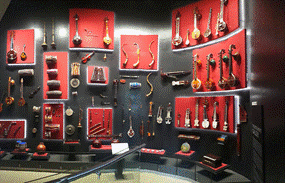
Image – museumsofindia.org
- Songs of Struggle and Songs of the People highlight the museum’s commitment to sociopolitical narratives. Music, here, is not merely aesthetic; it becomes a mode of resistance, remembrance, and regional identity.

Image – museumsofindia.org
- Contemporary Expressions brings the journey full circle, from the devotional and classical to Bollywood, indie, and electronic. The interactive studio spaces allow visitors to remix classics, sing karaoke, or record their own compositions, reimagining the museum not as an archive, but as an atelier.
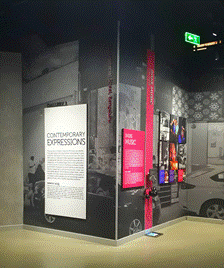
Image – museumsofindia.org
The Sound Garden
The museum’s outdoor Sound Garden furthers its experiential approach. Here, sound is both medium and material. Sculptural installations, such as storm drums and humming stones, invite physical interaction, encouraging visitors to experience sound not through performance or consumption, but through play. The garden stands as a poetic interlude between the built structure and the intangible atmosphere of Indian musical heritage.

Image – indianmusicexperience.org
A Museum in Motion
Unlike traditional museums, where the past is embalmed behind glass, IME is a living museum. It is enlivened with performances, workshops, archival exhibitions, and artist residencies. From retrospectives like Ravi Shankar@100 to emerging artist showcases, the museum foregrounds continuity over nostalgia. Further, with its in-house learning centre, the Indian Music Museum provides formal training in classical and contemporary music forms and extends its reach through mobile exhibitions and digital initiatives.
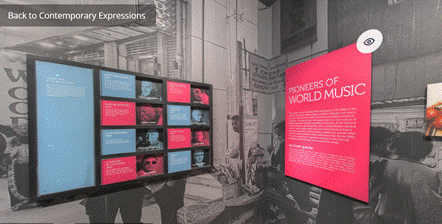
Image – indianmusicexperience.org
Locating the Indian Music Experience Museum in the Cultural Geography of India
While the museum in Bangalore serves as a major node in the city’s cultural topography, its significance transcends geography. For anyone exploring the lineage of Indian classical music or seeking to understand the broader ecosystem of Indian sonic traditions, the museum becomes a necessary site of engagement. Its presence signals a shift in how India archives its intangible heritage, not as a fossilised legacy but as a dynamic, polyphonic practice.
Toward a New Museology
The Indian Music Experience Museum is not merely an institutional intervention; it is an epistemological statement. It posits that music in India cannot be confined to genres or regions. It is lived, improvised, hybrid, and continually evolving. In its architecture, curatorial voice, and visitor experience, the museum redefines what a museum of Indian classical music could be in the 21st century.

Shailja Kaushik
About the Contributor: Shailja is a seasoned blogger & a devoted art enthusiast. With an insatiable curiosity and a knack for storytelling, Shailja loves to delve into diverse art forms & share her explorations with the world. When she is not deep in a gallery or thumbing through a novel, you will find her in the kitchen experimenting with flavours.



